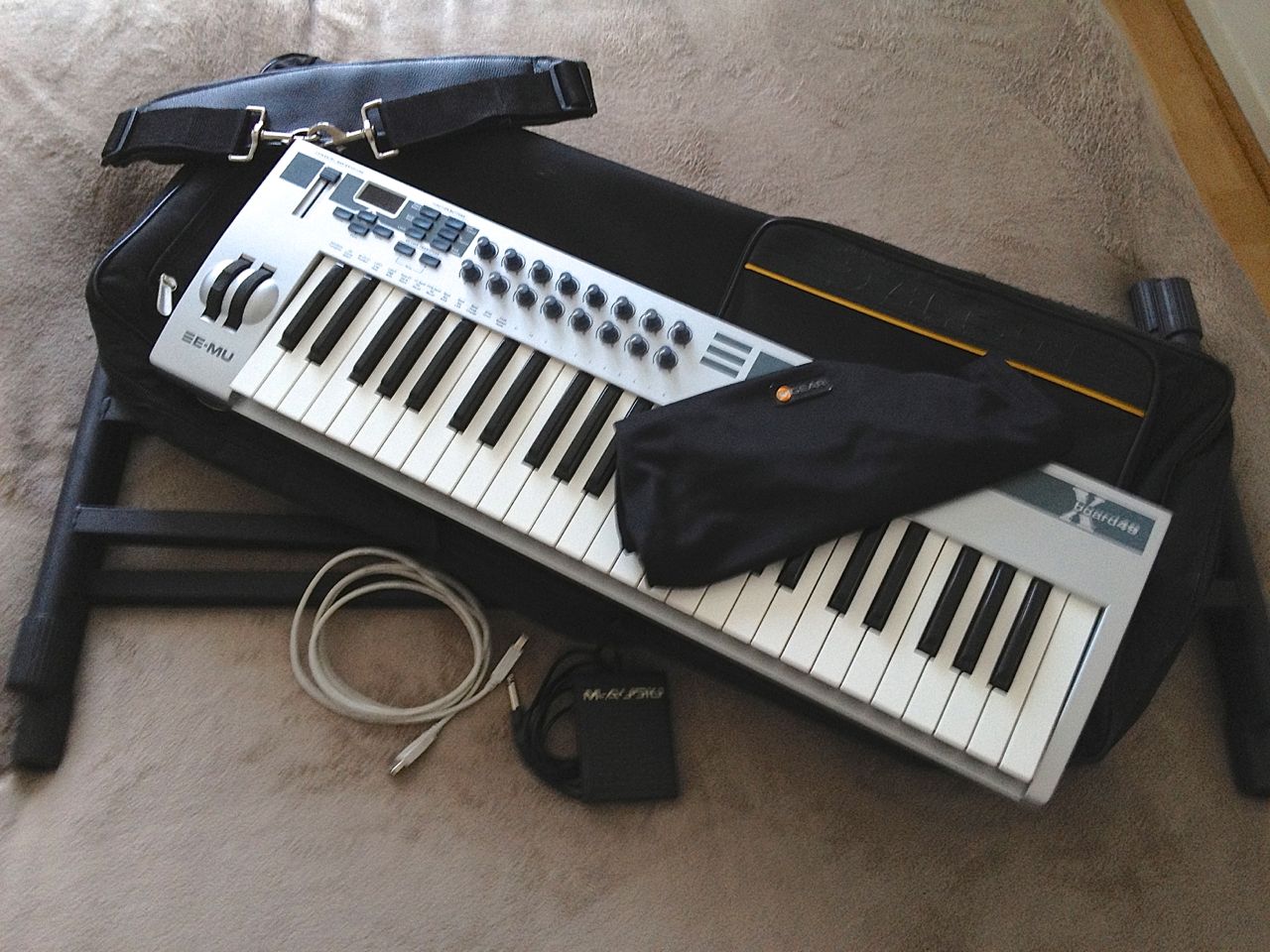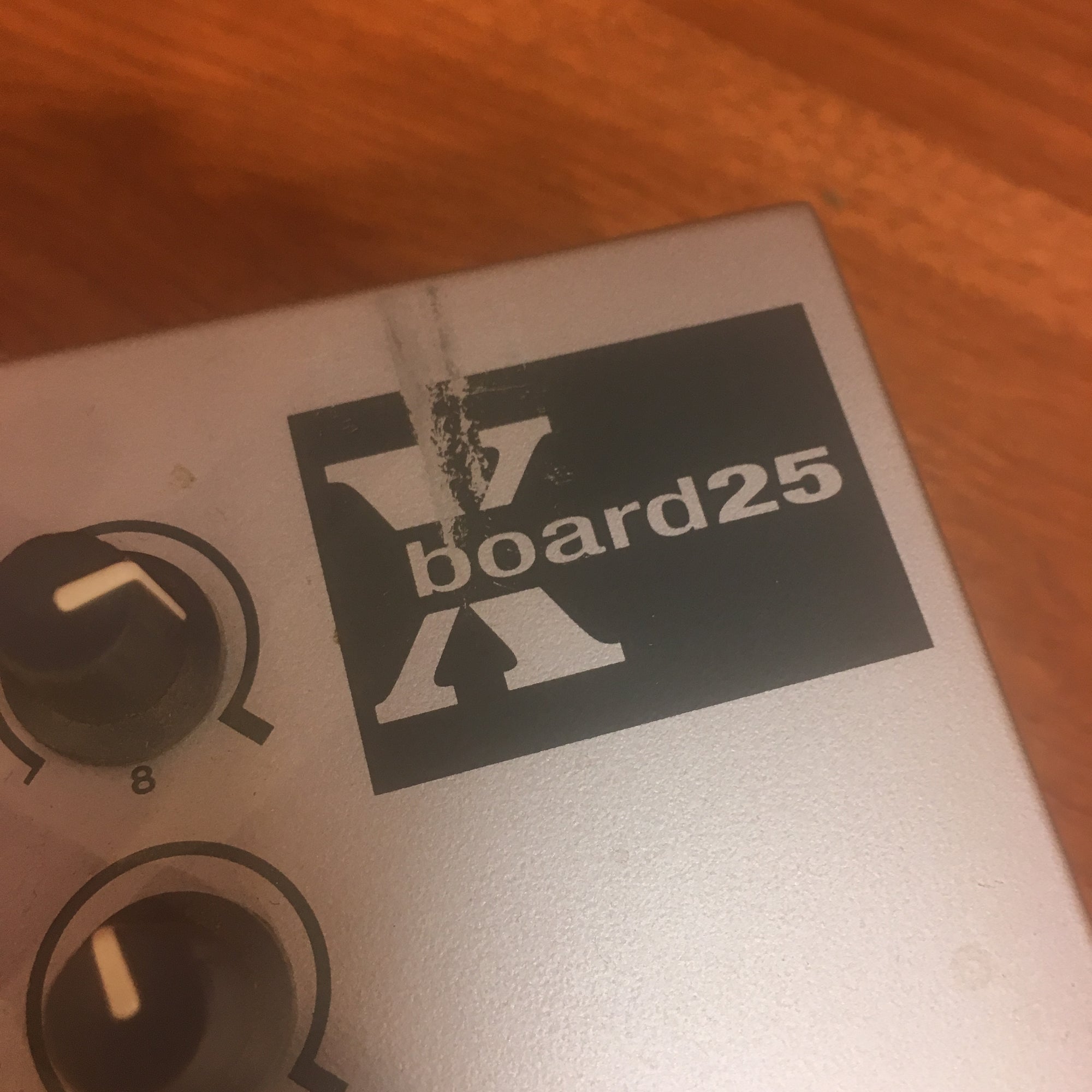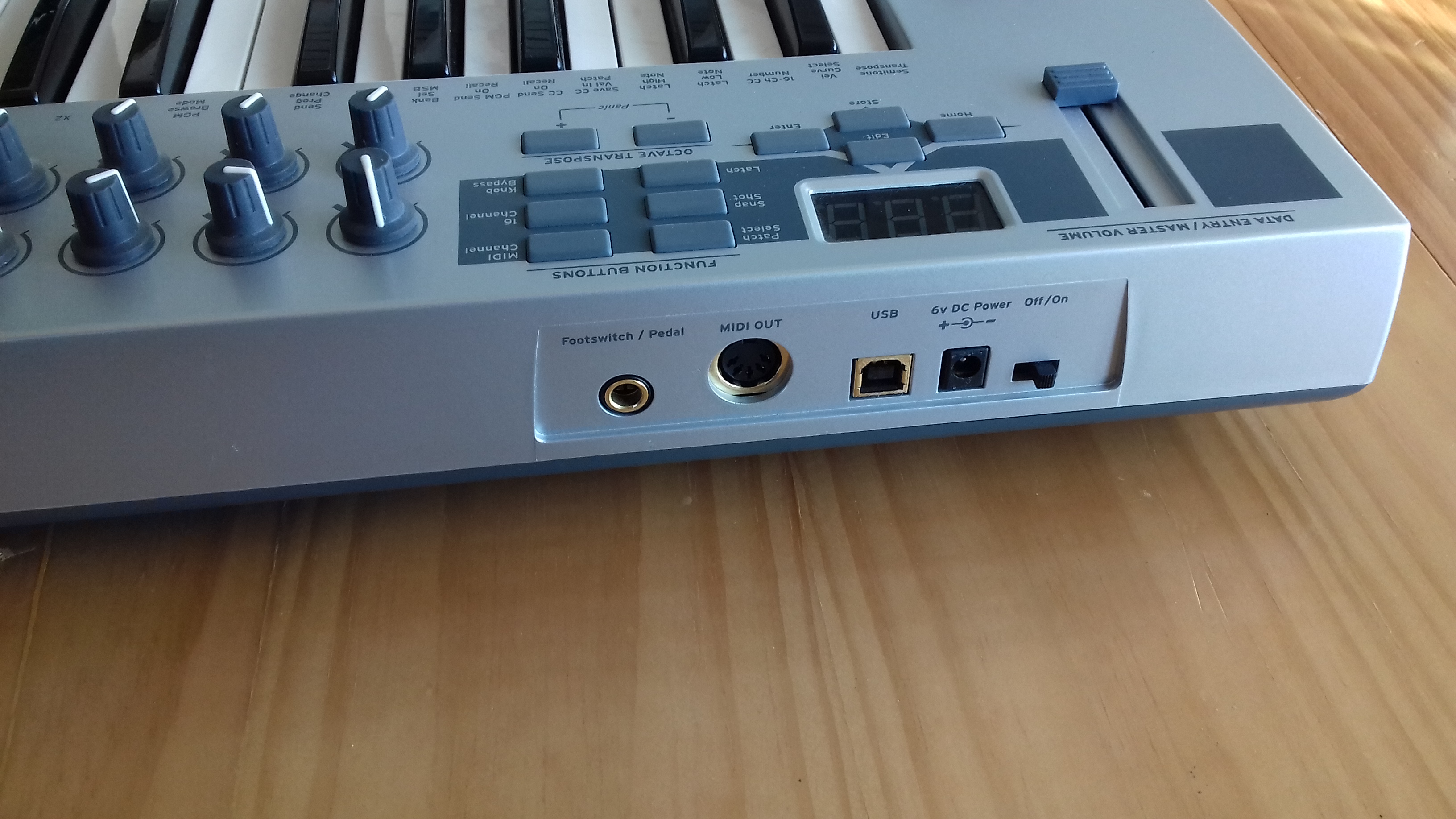

Open some sequencing program (like Rosegarden under Linux), define MIDI ports and ask the program to output some MIDI sync (playing an empty track is OK). It seems like it is possible to clap the two halfs of the device body together again. I fully agree, but our friends in distant China have only put the 4-pin footprint onto the PCB and that is the reality we should cope with. Some ppl could argue that it is not nice to use 4-pin optocouplers where the MIDI standard prescribe more complex 8-pin 6N138 devices. I consulted the datasheets and found that an NEC PS2561 optocoupler from my scrap box should mostly satisfy the speed requirements. However, there are rare chips that do not pass MIDI speed (31.25 kBauds) well. The absolute majority of 4-pin optocouplers have the same pinout, thus the risk is low. Last but not least, it’s time to solder the optocoupler. Thus – my multimeter will show some numbers when the anode is connected to the red probe (logical, eh?).Īnother way to be very sure is to look ad Arvydas’ schematics and take the note that the cathode of the diode (1N1418) must to be connected to pin 1 of the optocoupler chip U1. One can take a diode with the symbol marked on it (I use Russian D7/D226 diodes for the purpose).

Before being able to do so, we have to make it very sure, which probe on our multimeter is the anode and which is the cathode. Let’s remove the unnecessary resistor R11, that is easy, too: Here you see an 220 Ohm resistor mounted as R5 (sorry guys, it’s night, my SMD shop is closed). To start the modification, an input wire has to be relocated:Īs the tradition requires, least expensive and least termosensitive details are to be mounted to PCB first. In tense installations it could bring in the ground hum or result in electrical damage of your musical equipment. What our eastern friends have done, they omitted the optocoupler and grounded the input signal. You have to do it at home, by the soldering iron.Īccording to the MIDI standard, the output (pins 4-5) should both float over the ground. Of course it was not – an 1.2$ dollar piece is too expensive in China… so they avoid putting it on the PCB. Thnx for warning, Arvydas! On my converters the optocoupler was not installed. The body was extremely easy to open – no adhesive was used nor were the two halfs melted together. if using Linux) might prefer these over tenfold more expensive models. Depending on your background and soldering skills, cheap USB-MIDI converters should be avoided at all costs or right the opposite could be true – considering the relatively low effort needed to “normalize” these gadgets, technically skilled persons (esp. Arvydas has done a great job describing what is wrong with these little Chinese converters. Like this: The connector with marking “Input” is always to be plugged into the socket marked “Output”, and vice versa.Īctually, an unimaginable quantity of these devices has been produced with certain cost related optimizations that preclude the device working in many realistic situations (with real musical devices). Here is the correct marking of the LEDs.įor newcomers some of MIDI realities are hard to understand. First at all, the LEDs on my model are shifted.

I recently ordered some pieces of these little converters from DX.com to check the hearsays. If you don’t know what the talk is about, then the product itself looks very similar to this: The internet is saturated by discussions, whether these cheap Chinese MIDI-USB converters work or not.


 0 kommentar(er)
0 kommentar(er)
